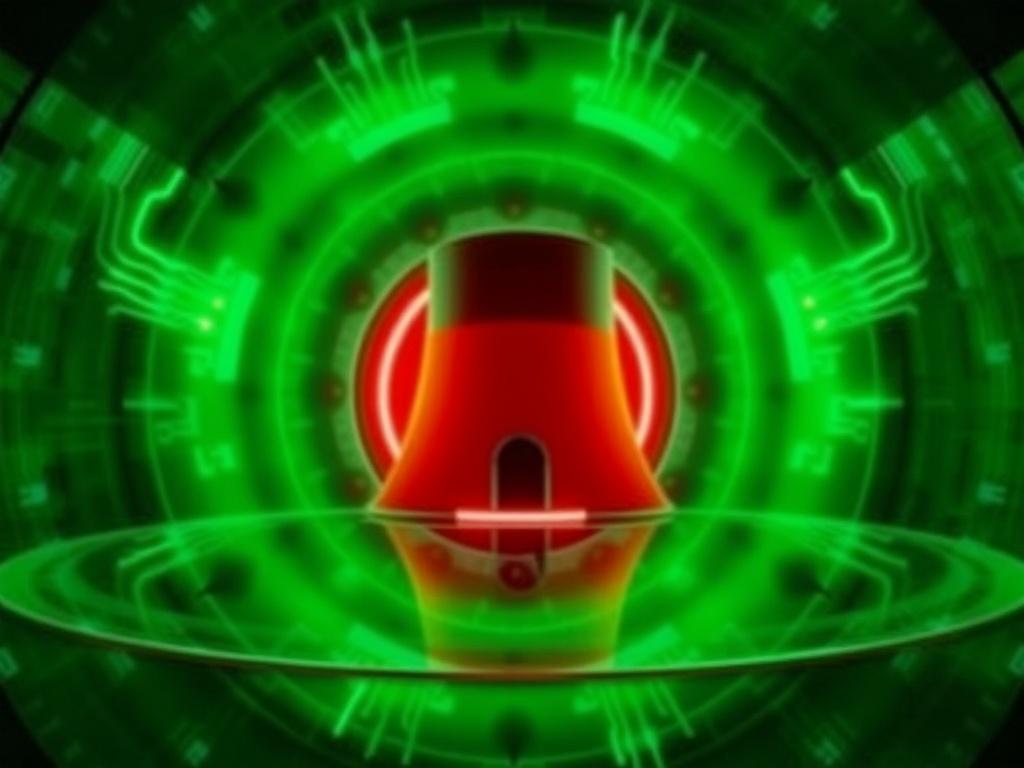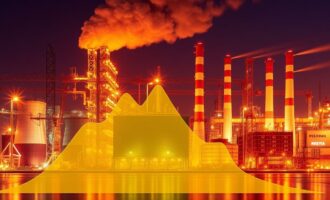- Introduction to Thorium Reactors
- What is Thorium and How Does it Work in Reactors?
- How Thorium Reactors Differ from Uranium Reactors
- Safety Advantages of Thorium Reactors
- Proliferation Concerns Addressed
- Environmental and Waste Management Benefits
- Comparison of Waste Characteristics
- Challenges and Limitations of Thorium Reactors
- List of Main Challenges
- Current Status and Future Prospects of Thorium Reactors
- Global Thorium Reactor Development Snapshot
- Public Perception and the Road Ahead
- Summary: Weighing the Pros and Cons
- Conclusion
Introduction to Thorium Reactors
Nuclear energy has long been a subject of intense debate. On one hand, it offers a powerful way to generate electricity with low greenhouse gas emissions; on the other, safety concerns, radioactive waste, and proliferation risks have clouded its future. Amidst this backdrop, thorium reactors have emerged as a promising alternative, touted for their potential to deliver safer nuclear power. But what exactly are thorium reactors, and how do they compare to traditional uranium-based nuclear plants? Let’s dive into the fascinating world of thorium reactors and explore whether they truly offer a safer nuclear energy solution.
What is Thorium and How Does it Work in Reactors?
Thorium is a naturally occurring radioactive element, more abundant in the Earth’s crust than uranium. Unlike uranium, thorium itself is not fissile, meaning it cannot sustain a nuclear chain reaction on its own. However, when thorium-232 absorbs a neutron, it transmutes into uranium-233, which is fissile and capable of sustaining a controlled nuclear reaction. This process takes place inside thorium reactors.
The two main types of thorium reactors that have been studied extensively are molten salt reactors (MSRs) and heavy water reactors (HWRs). Molten salt reactors use liquid fuel dissolved in molten fluoride salts, allowing continuous processing of fuel and removal of waste products. Heavy water reactors can use thorium as a fertile material mixed sometimes with fissile uranium or plutonium.
Using thorium as a nuclear fuel offers benefits such as higher fuel availability, improved fuel efficiency, and potentially reduced nuclear waste. But how do these benefits translate into safety, and what challenges remain?
How Thorium Reactors Differ from Uranium Reactors
One of the key differences lies in the fuel cycle. In uranium reactors, uranium-235 or plutonium fuels the chain reaction directly. Thorium requires an initial «seed» of fissile material to kick-start the process, after which it produces uranium-233, which continues the reaction.
Additionally, thorium reactors—especially molten salt reactors—operate at atmospheric pressure, reducing the risk of high-pressure accidents common in traditional light-water reactors. The liquid fuel in MSRs also prevents meltdown scenarios because it expands and self-regulates in case of overheating.
| Feature | Conventional Uranium Reactor | Thorium Reactor |
|---|---|---|
| Fuel Source | Uranium-235 or Plutonium | Thorium-232 converted to Uranium-233 |
| Operating Pressure | High-pressure water coolant | Often atmospheric pressure with molten salt |
| Waste Longevity | Thousands of years | Much shorter half-life for waste products |
| Meltdown Risk | Higher | Lower, due to inherent safety features |
| Proliferation Risk | Moderate to High | Lower, though not zero |
Safety Advantages of Thorium Reactors
Thorium reactors offer several safety advantages that could make nuclear power safer and more acceptable to the public. Firstly, the lower operating pressure in many thorium reactor designs reduces the risk of catastrophic failures like steam explosions. Because molten salt reactors operate with liquid fuel that remains stable at high temperatures, they can better withstand accidents without releasing radioactivity.
Secondly, thorium reactors can be designed with passive safety features. For example, if the temperature rises too high, the molten salt mixture expands, reducing the nuclear reaction rate naturally—functioning as a self-regulating mechanism. Many designs also include freeze plugs that melt when the temperature passes critical limits, allowing the molten fuel to drain into a safe containment area, effectively shutting down the reactor without human intervention.
Another major safety improvement comes from the reduced production of long-lived radioactive waste. The waste from thorium reactors tends to decay faster than waste from uranium reactors—often in hundreds rather than thousands of years—cutting the burden of radioactive waste management significantly.
Proliferation Concerns Addressed
Nuclear proliferation—the risk that materials or technology could be used to produce nuclear weapons—is a significant concern with traditional uranium reactors. Thorium reactors produce uranium-233, which could theoretically be used to make weapons. However, the uranium-233 produced usually contains contamination from uranium-232, a strong gamma emitter that makes weapons handling highly dangerous and difficult, serving as a natural deterrent.
Additionally, thorium fuel cycles require continuous reprocessing to extract fissile uranium-233, which is more complex and harder to divert for weapons production. This inherent proliferation resistance contributes to the safety profile of thorium reactors.
Environmental and Waste Management Benefits
Environmental considerations are central to the debate over nuclear power. While nuclear plants emit minimal greenhouse gases during operation, the challenge of dealing with highly radioactive waste remains a sticking point. Thorium reactors provide notable advantages in this area.
The waste products generated by thorium reactors generally have shorter half-lives. This significantly reduces the timescale for which waste must be managed securely, shifting from tens of thousands to a few hundred years. While still hazardous, these waste materials become safer quicker and require less long-term storage infrastructure.
Moreover, some thorium reactor designs can burn up existing nuclear waste from uranium reactors, acting as a type of nuclear recycler. This ability to reduce stocks of dangerous plutonium and other transuranic elements presents an attractive environmental advantage.
Comparison of Waste Characteristics
- Conventional Uranium Reactors: Produce waste with a higher volume and longer half-lives, including plutonium isotopes lasting thousands of years.
- Thorium Reactors: Generate less waste overall, with shorter-lived radioisotopes and less plutonium production.
Challenges and Limitations of Thorium Reactors
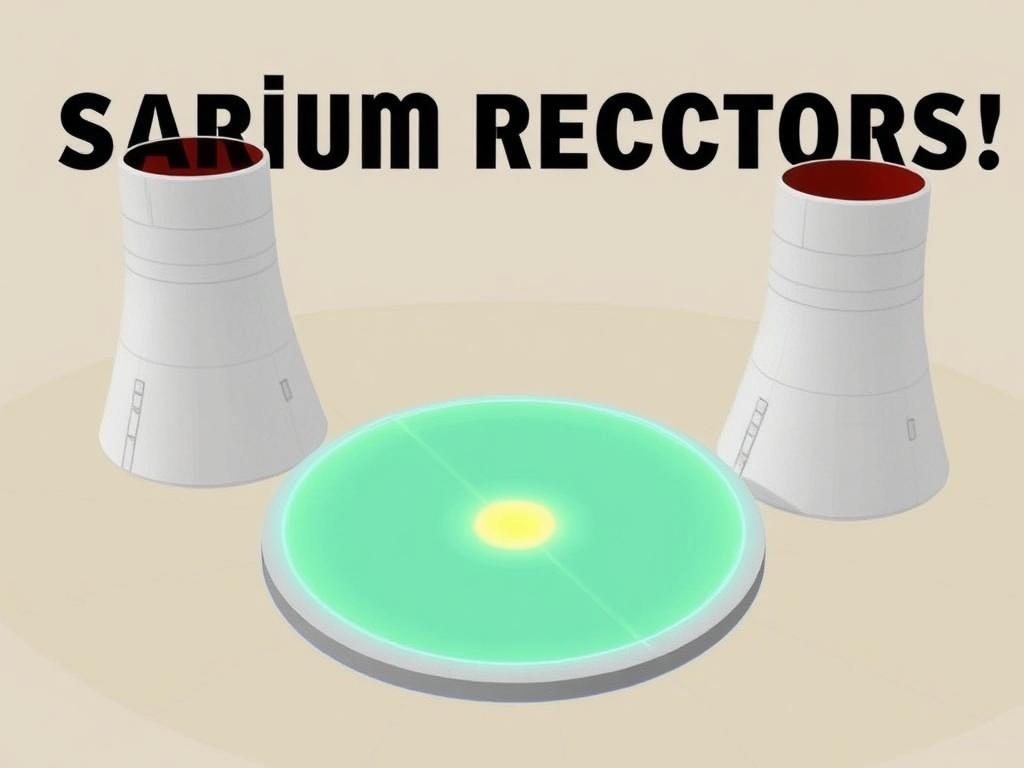
Despite the many promising aspects, thorium reactors face several challenges that have slowed their adoption. The technology requires extensive research, development, and infrastructure investment. Many designs, such as molten salt reactors, operate differently than current reactor types, necessitating new materials, safety protocols, and fuel processing facilities.
Fuel reprocessing is a key hurdle. Extracting usable uranium-233 from thorium fuel requires complex chemical processes that are costly and require advanced technology. Safe and efficient reprocessing methods are still under development, unlike the decades of experience with uranium fuel cycles.
Public policy and regulatory frameworks are also areas needing attention. Since thorium reactors don’t follow the traditional nuclear fuel cycle, regulators must establish new guidelines for licensing, waste management, and safety inspections. Without clear government support, private and public investment remains hesitant.
List of Main Challenges
- Need for initial fissile material «seed» to start reactions
- Complex reprocessing technologies required for fuel cycle
- Regulatory and licensing uncertainties
- Significant upfront R&D and infrastructure investment
- Limited commercial operational experience to date
Current Status and Future Prospects of Thorium Reactors
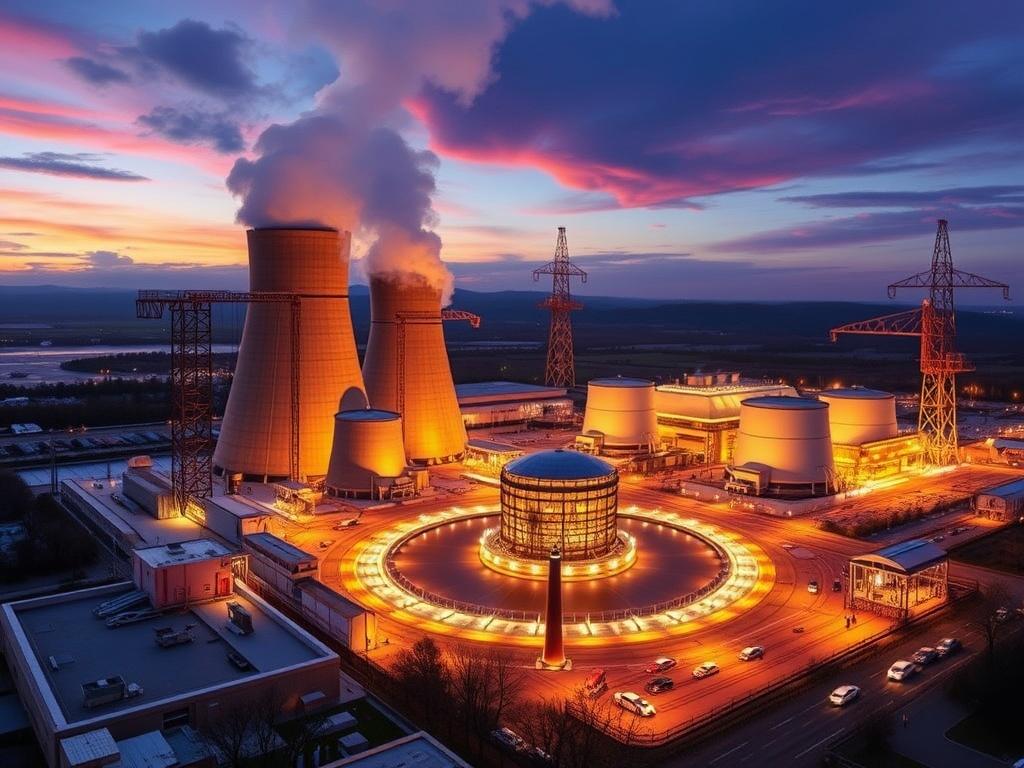
Globally, interest in thorium reactors has been growing steadily. Countries like India, China, and Norway have active programs focused on developing thorium nuclear energy, driven by thorium’s abundance and the potential to achieve safer, cleaner power.
India’s nuclear energy strategy emphasizes thorium due to its large domestic reserves, with plans to commercialize thorium-fueled reactors in the coming decades. China is investing heavily in molten salt reactor prototypes designed to use thorium, aiming for practical demonstration plants soon.
Several private companies and research institutions in the West are also pursuing thorium-based reactor designs, often focusing on small modular reactors (SMRs) that allow for flexible, scalable power generation. These SMRs could be game-changers in remote areas or for modular grid integration.
Global Thorium Reactor Development Snapshot
| Country | Focus Area | Current Status |
|---|---|---|
| India | Heavy Water Reactors with Thorium Fuel | Advanced R&D and prototype testing |
| China | Molten Salt Reactors Using Thorium | Prototype design and construction underway |
| Norway | Thorium Fuel Cycle Research | Experimental reactor operation |
| USA | Private Companies & National Labs Exploring MSRs | Pre-commercial R&D stage |
Public Perception and the Road Ahead
Despite thorium’s technical benefits, public perception plays a crucial role in the future of thorium reactors. Nuclear energy in general suffers from a trust deficit due to past accidents like Chernobyl and Fukushima. The word «nuclear» still evokes fear for many people, and educating the public about thorium’s safety advantages will be essential.
For thorium reactors to become a mainstream source of safer nuclear power, stakeholders must prioritize transparency, public engagement, and robust safety demonstrations. Governments, industries, and researchers need to work collaboratively on pilot projects that can showcase thorium’s promise in real-world conditions.
Summary: Weighing the Pros and Cons
To get a clear picture, here is a concise list weighing the advantages and challenges of thorium reactors:
- Advantages:
- Abundant and widely available fuel source
- Lower operating pressure and inherent safety features
- Reduced nuclear waste and shorter half-life of waste products
- Lower risk of nuclear proliferation
- Potential to burn existing nuclear waste
- Challenges:
- Need for fissile material to initiate reactions
- Complex fuel reprocessing technology requirements
- Higher upfront costs and longer development timelines
- Limited operational experience and regulatory frameworks
- Public skepticism and nuclear stigma
Conclusion
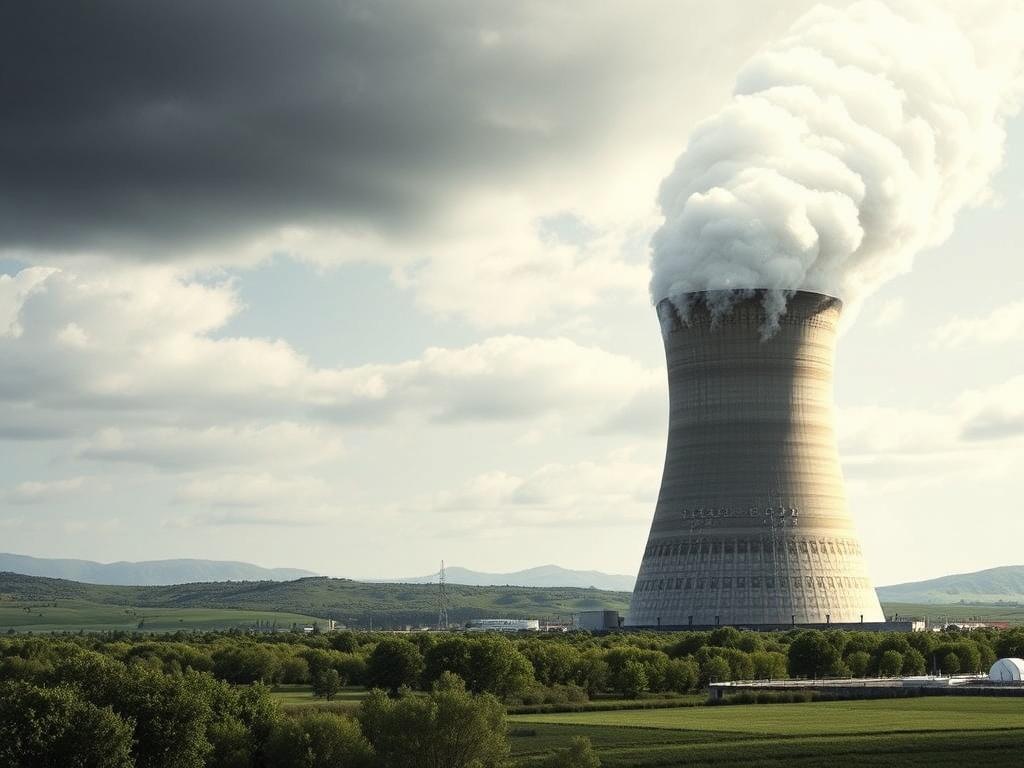
As the world searches for cleaner and safer energy sources, thorium reactors present a compelling pathway toward safer nuclear power. Their inherent safety features, reduced waste challenges, and proliferation resistance make them an attractive alternative to traditional uranium reactors. However, significant hurdles in technology development, regulatory approval, and public acceptance remain. If these challenges can be successfully addressed, thorium reactors could lead to a new era where nuclear energy is not only powerful and efficient but also safe and environmentally responsible. The journey toward broad thorium reactor deployment is still unfolding, but the potential benefits make it a venture worth pursuing for a sustainable energy future.
Как вам статья?

